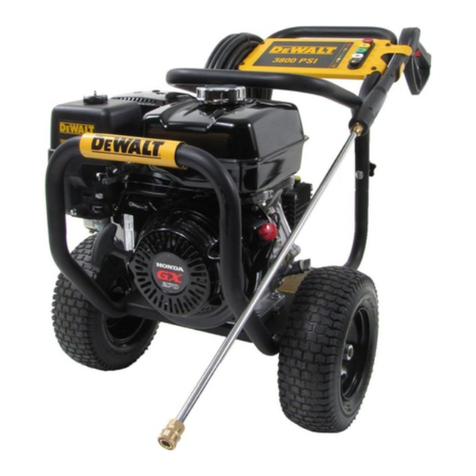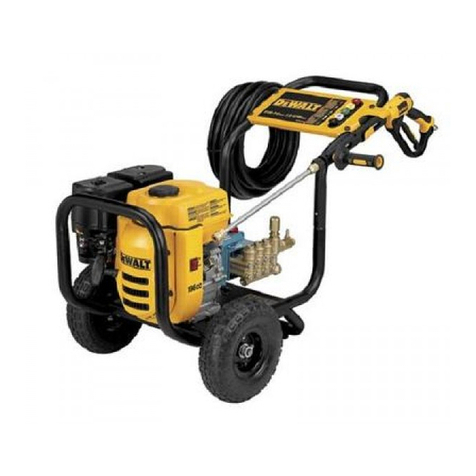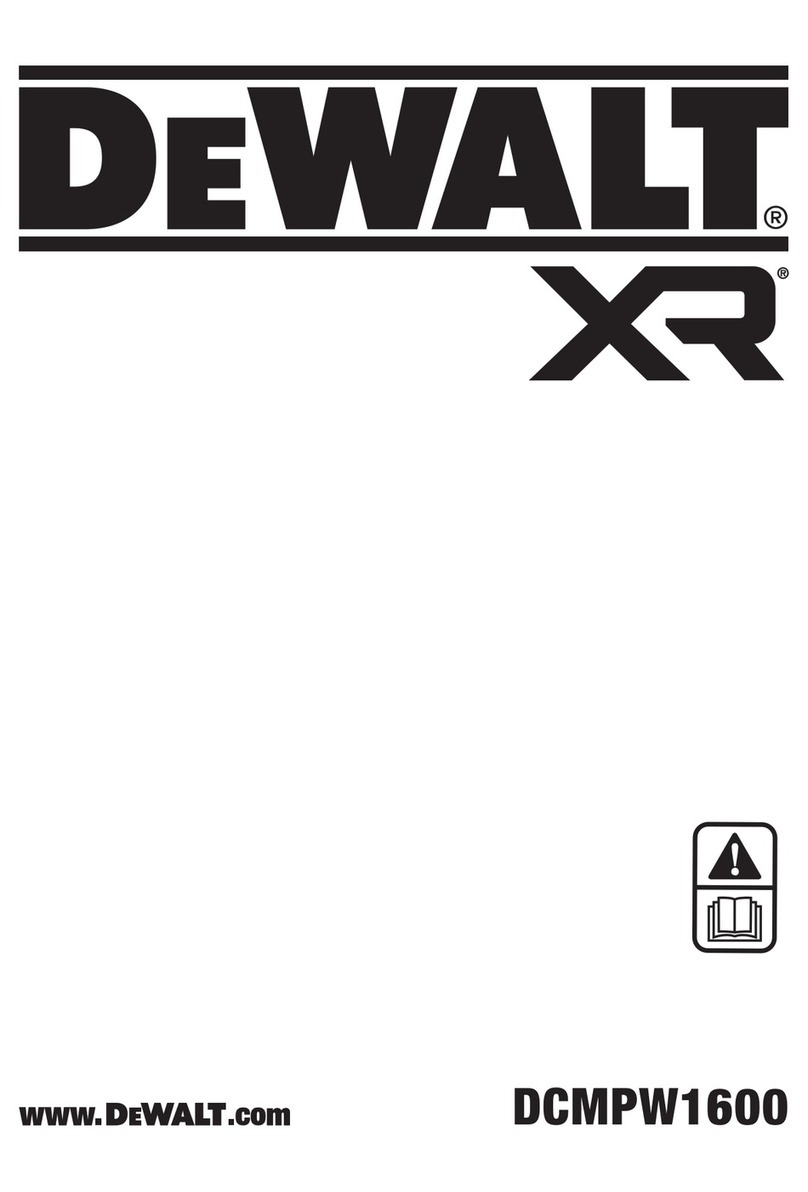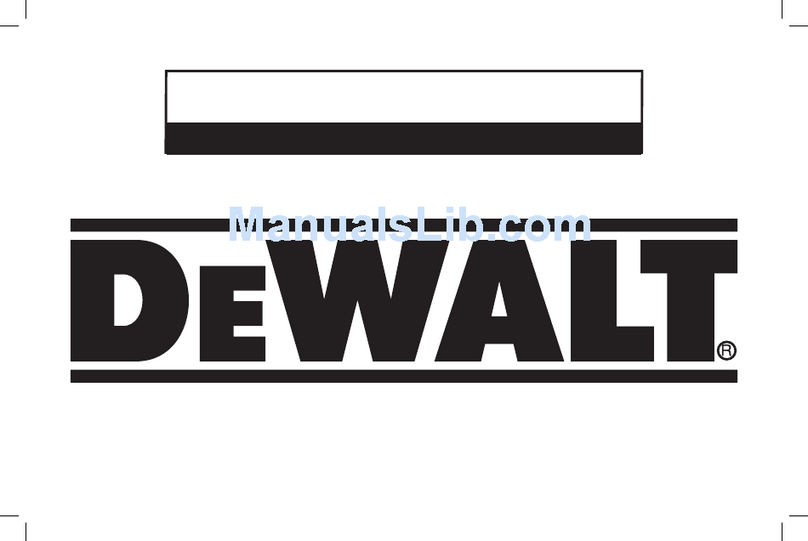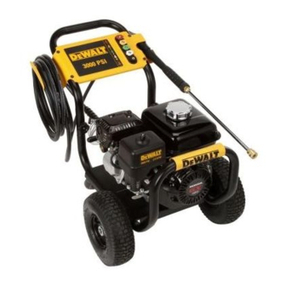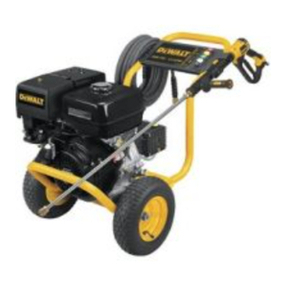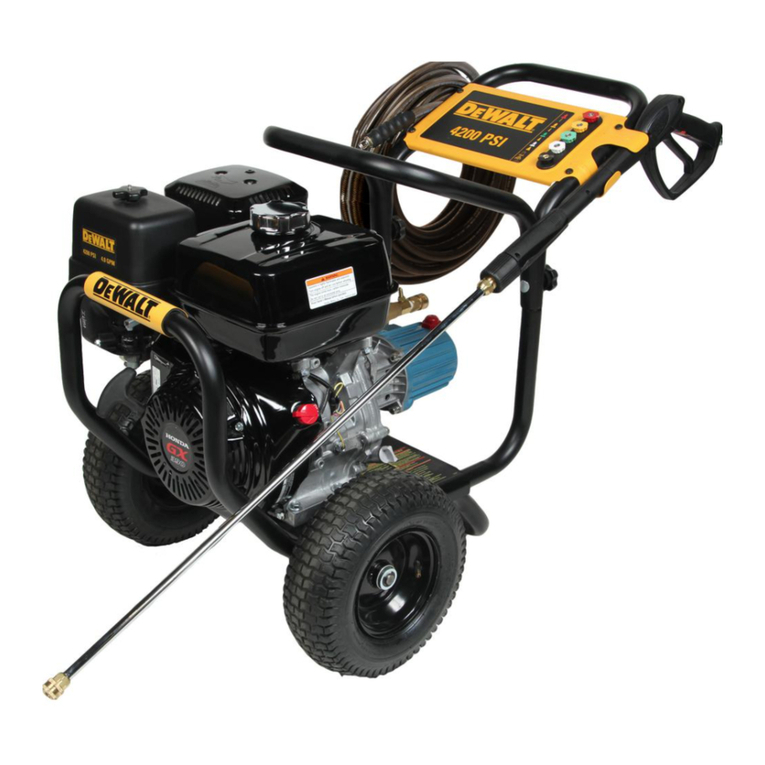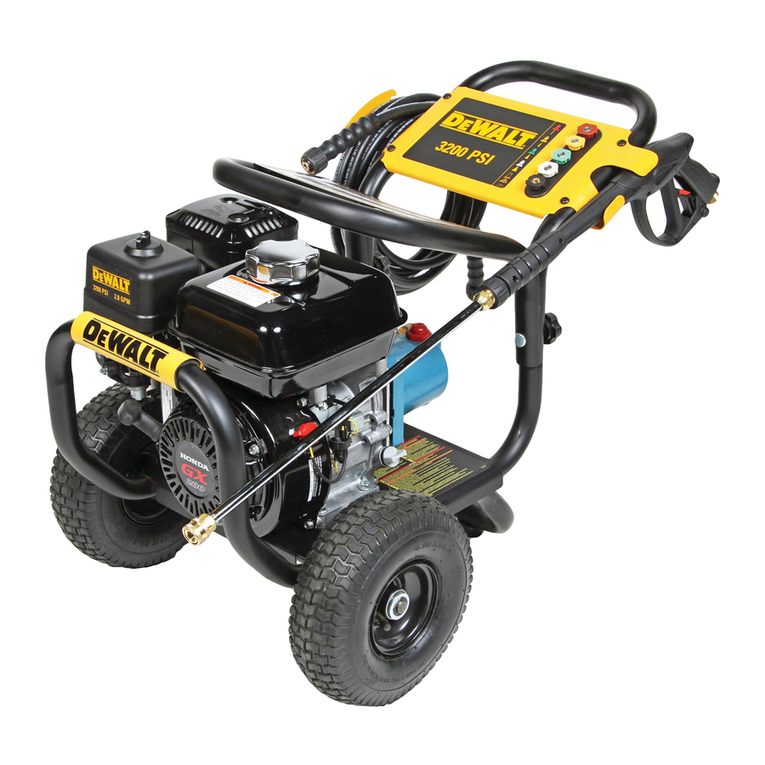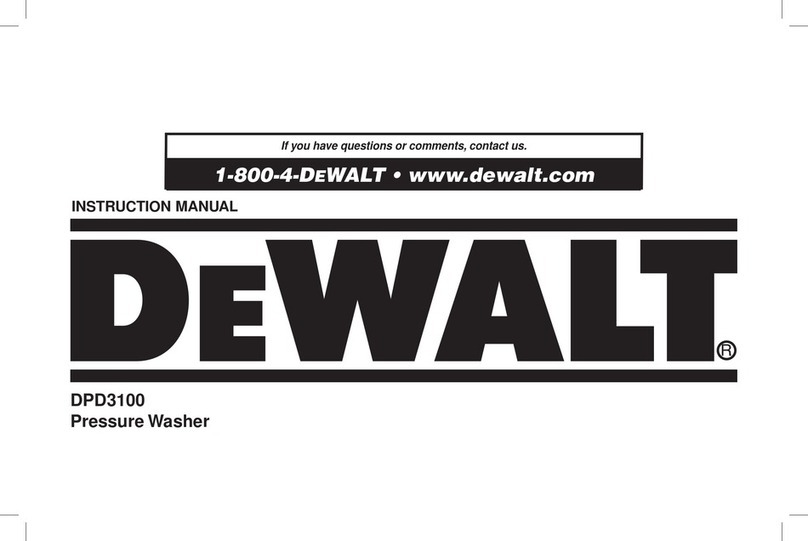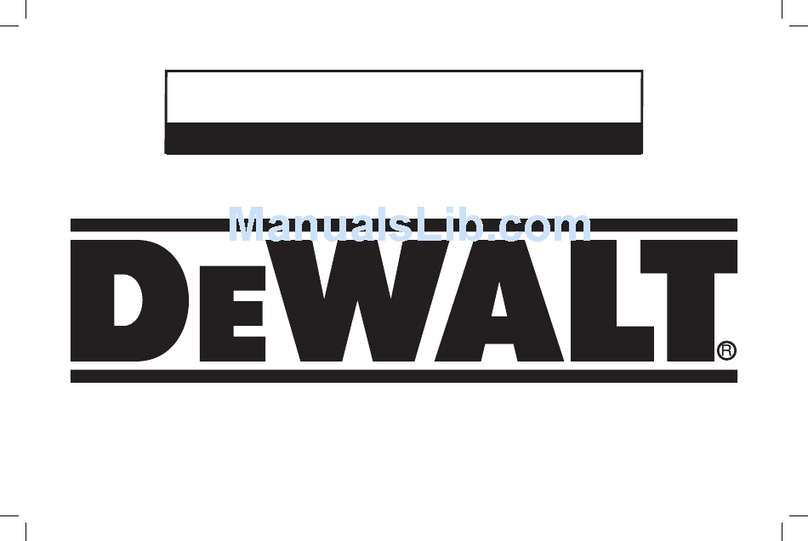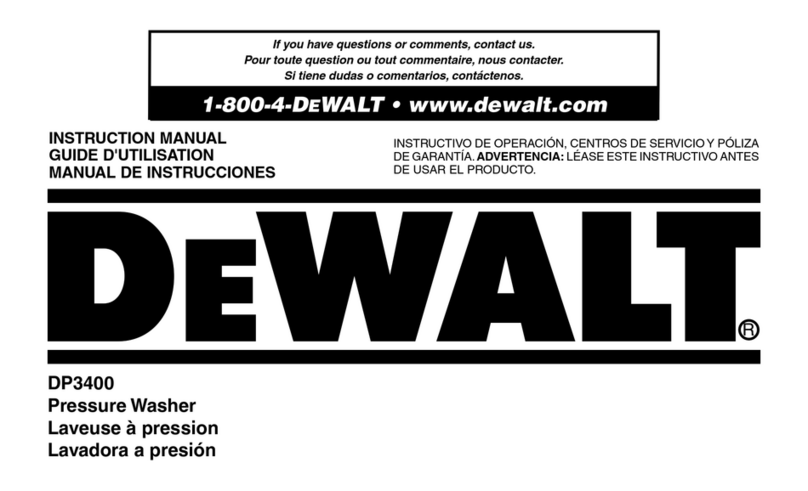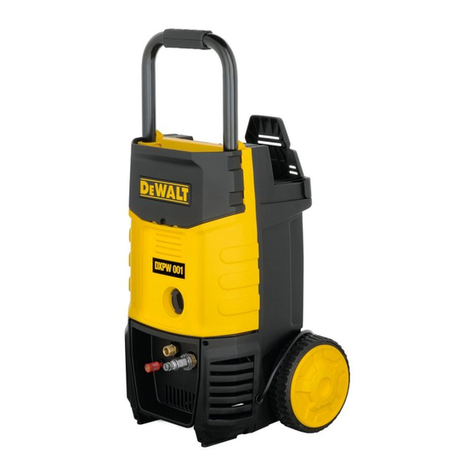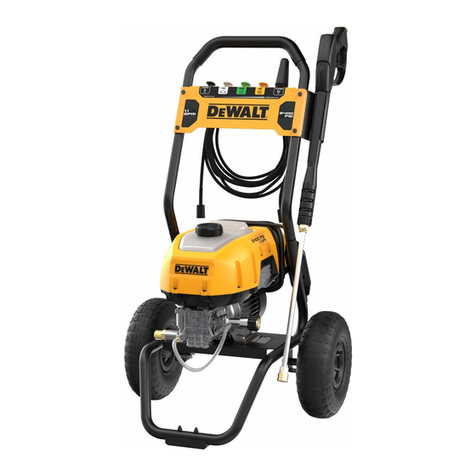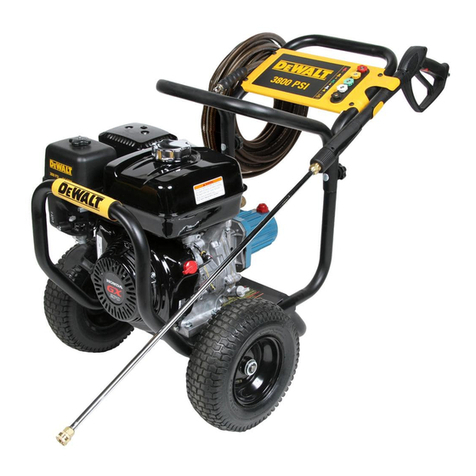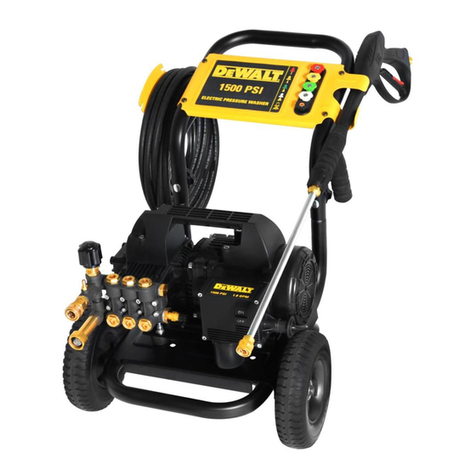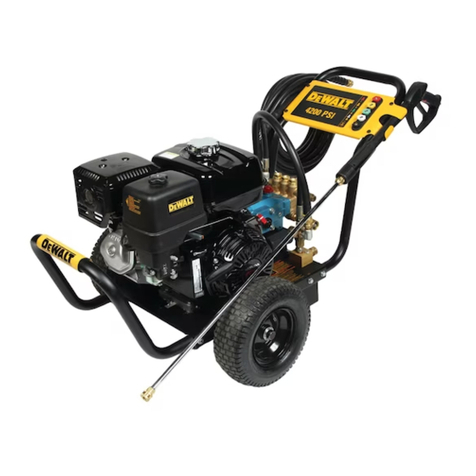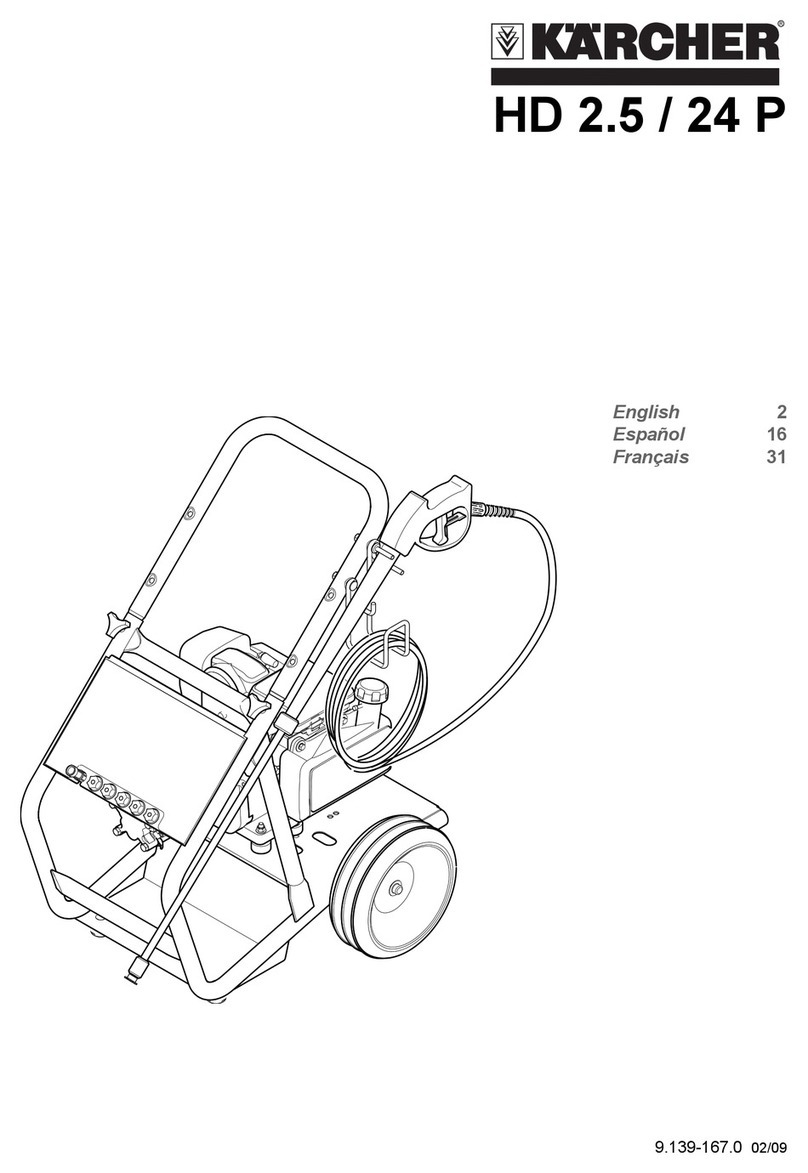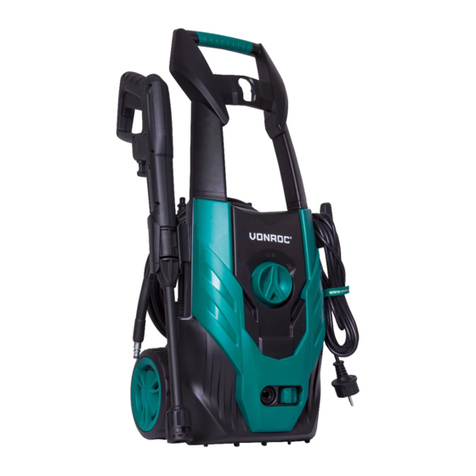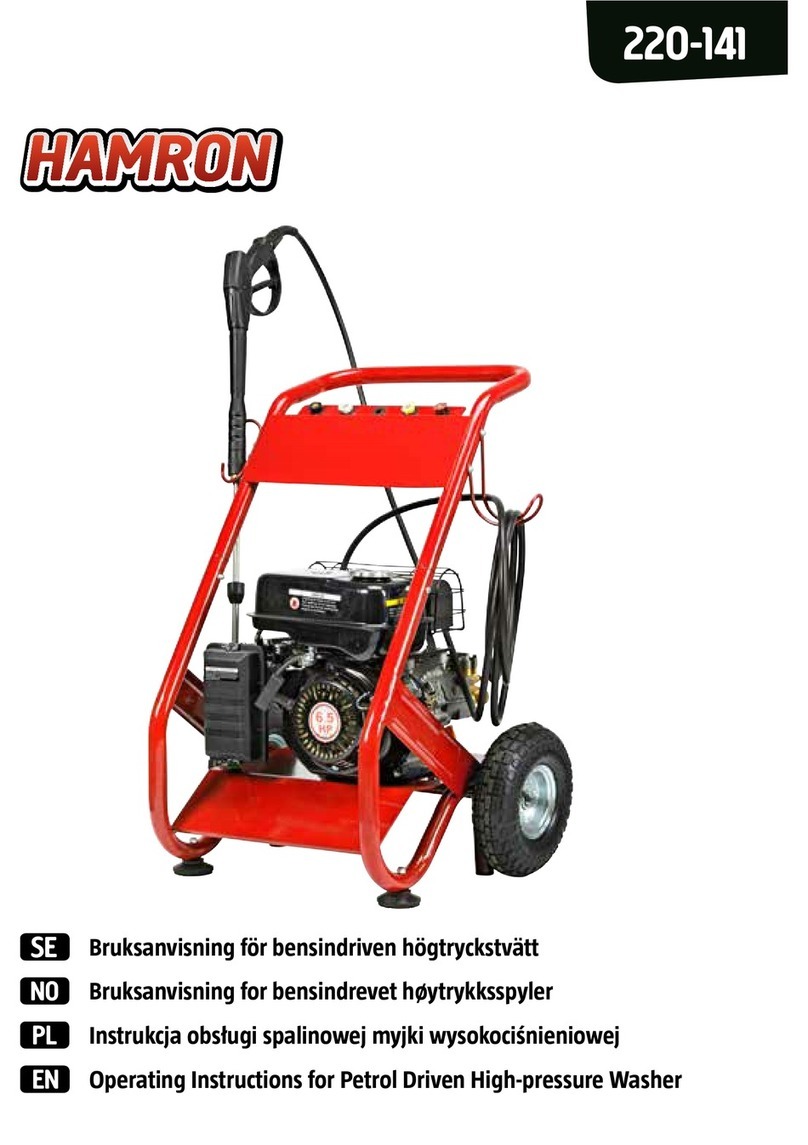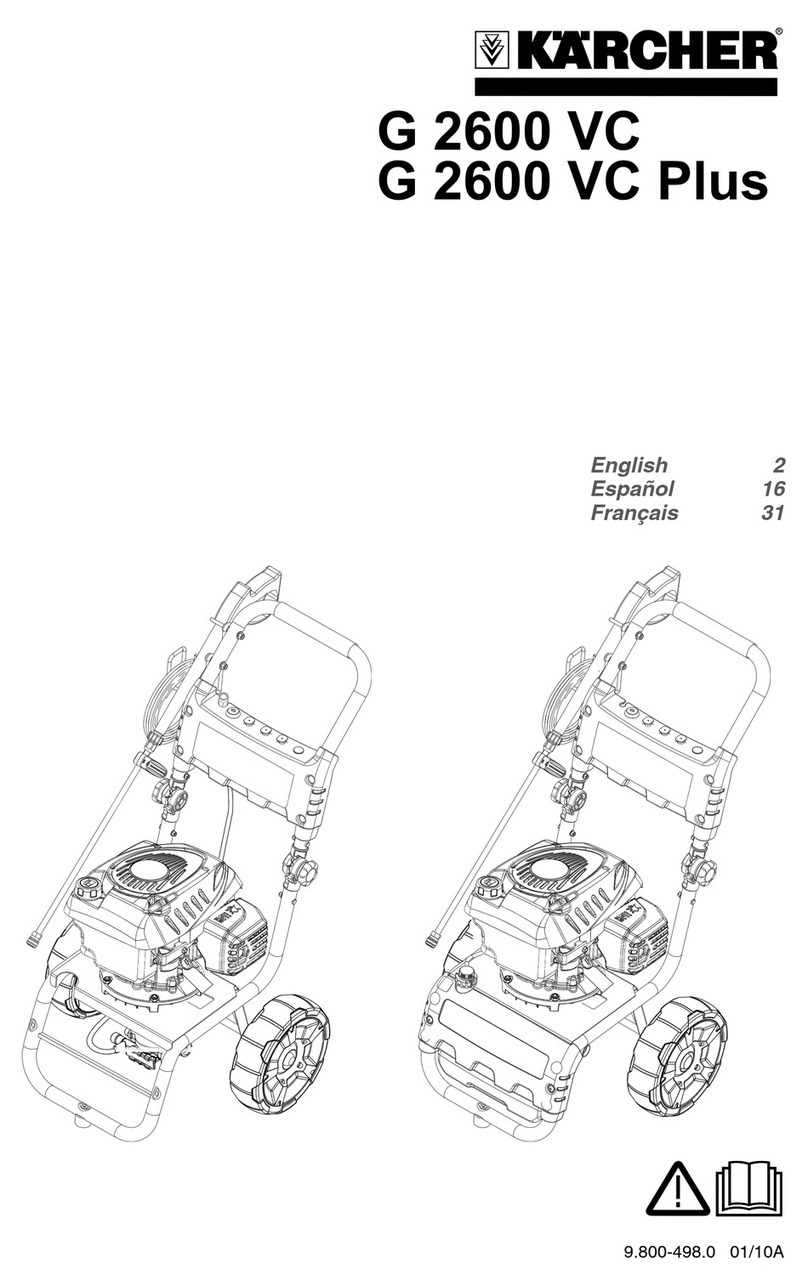Important Safety Instructions
WARNING: Do not operate this unit until you read and understand
this instruction manual and the engine instruction manual for safety,
operation and maintenance instructions.
WARNING: When using this product basic precautions should
always be followed, including the following:
1. Read all instructions before using the product.
2. To reduce the risk of injury, close supervision is necessary when
a product is used near children.
3. Know how to stop the product and bleed pressures quickly. Be
thoroughly familiar with the controls.
4. Stay alert–watch what you are doing.
5. Do not operate the product when fatigued or under the influence
of alcohol or drugs.
6. Keep operating area clear of all persons.
7. Do not overreach or stand on unstable support. Keep good
footing and balance at all times.
8. Follow the maintenance instructions specified in the manual.
DANGER: RISK OF INJECTION OR SEVERE INJURY. KEEP
CLEAR OF NOZZLE. DO NOT DIRECT DISCHARGE STREAM AT
PERSONS. THIS PRODUCT IS TO BE USED ONLY BY TRAINED
OPERATORS.
WARNING: This product may not be equipped with a spark-
arresting muffler. If the product is not equipped and will be used
around flammable materials or on land covered with materials such
as agricultural crops, forest, brush, grass or other similar items, then
an approved spark arrester must be installed and is legally required
in the state of California. It is a violation of California statutes
section 130050 and/or sections 4442 and 4443 of the California
Public Resources Code, unless the engine is equipped with a spark
arrester, as defined in section 4442, and maintained in effective
working order. Spark arresters are also required on some U.S.
Forest Service land and may also be legally required under other
statutes and ordinances.
WARNING: This product contains chemicals, including lead,
known to the State of California to cause cancer, and birth
defects or other reproductive harm. Wash hands after handling.
SAVE THESE INSTRUCTIONS
Definitions: Safety Guidelines
The definitions below describe the level of severity
for each signal word. Please read the manual and
pay attention to these symbols.
DANGER: Indicates an imminently hazardous
situation which, if not avoided, will result in death
or serious injury.
WARNING: Indicates a potentially hazardous
situation which, if not avoided, could result in death
or serious injury.
CAUTION: Indicates a potentially hazardous
situation which, if not avoided, may result in minor
or moderate injury.
CAUTION: Used without the safety alert symbol
indicates a potentially hazardous situation which, if
not avoided, may result in property damage.

